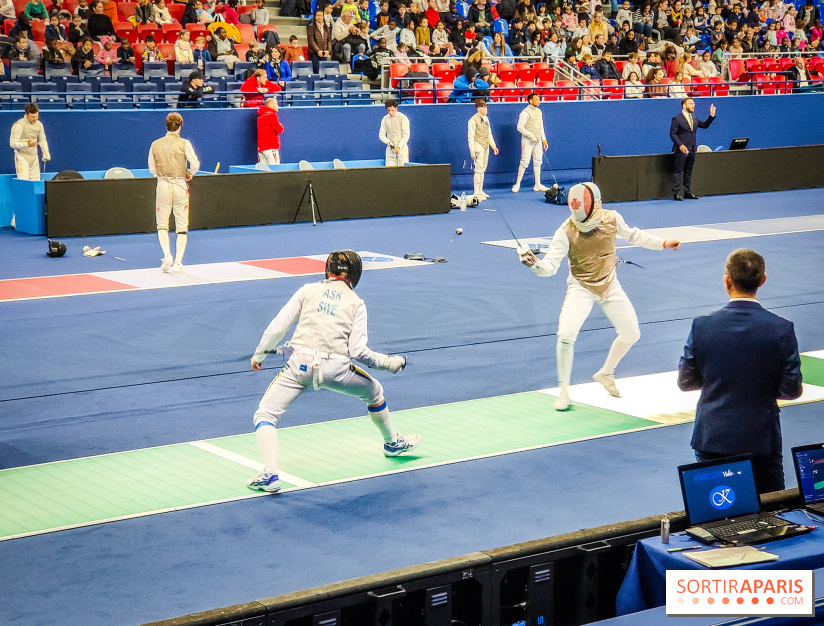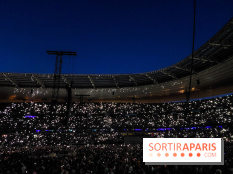The Olympic Games is one of the world's most eagerly awaited sporting events, and it's happening now, in Paris, from July 26 to August 11, 2024! Among the many disciplines on the program,fencing attracts particular attention with its graceful movements and fast-paced duels. But have you ever noticed that the fencers are attached by electric cables? Let's find out why!
The electric cables we see atfencing competitions are not there for the athletes' safety, nor to hold them back if they get too spirited. In fact, these cables are essential for the actual conduct of the matches.Fencing is an extremely fast-moving sport, where it is often difficult to determine precisely who hit whom first and whether the hit is valid. In the past, fencers had to rely on the honesty of their opponents and the watchful eye of the judges to recognize a hit. This method, while intriguing, lacked reliability and precision.
In 1896, a revolutionary solution was introduced: an electrical circuit system capable of automatically signalling a hit. Cables connect the fencer's weapon to a reel and scoring system in the club or competition venue. The system's mission is to remain flexible, unobtrusive to the fencer's movements, reliable and lightweight. For each type of fencing, whether foil, epee or sabre, specific requirements are in place.Epee, for example, where the whole body is a target, was the first to adopt this system, thanks to its simplicity of configuration.
In other disciplines, such as sabre, where only certain parts of the body count as valid targets, conductive metals are woven into the fabrics of the touch zones. This innovation ensures that all hits are accurately recorded. Widespread adoption of the electric scoring system was not complete until the Barcelona Olympic Games in 1992, whenelectric sabre fencing made its debut. Today, these electric cables are an inseparable part of modern fencing, guaranteeing impartial and precise refereeing, essential for this lightning-fast sport.
The cable, several meters long, is threaded through the back of the fencer's jacket (before putting it on) and through the sleeve, on the side where the fencer is holding the weapon. The part in the back is then plugged by the fencer into a pull-out socket at the back of the piste, and secured to prevent the cable from coming unplugged. The sleeve part is connected to the weapon, which includes a discreet plug.
Now you know everything! From now on, you'll be able to keep an eye on the duels of this Parisian edition! And happy gaming to all!



















